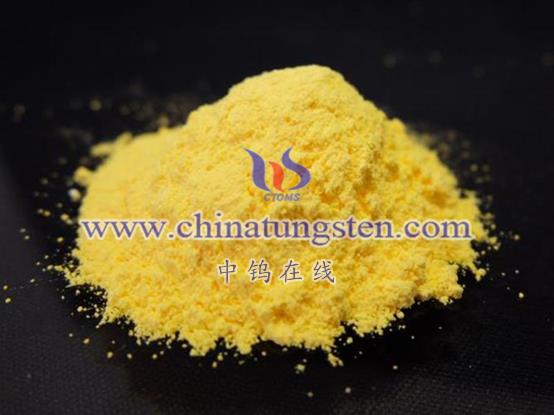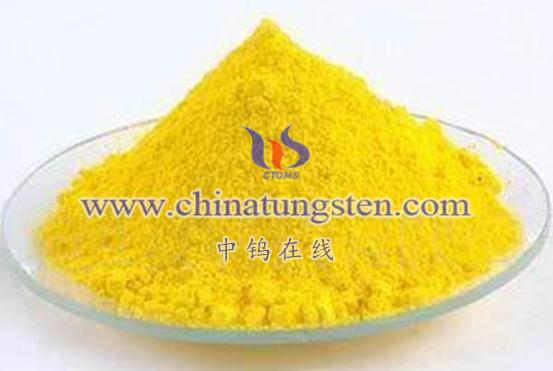Although graphite is mainly used as the anode material for commercialized lithium-ion batteries, tungsten oxide nanomaterials have become a hot spot for research in the field of anode materials for next-generation lithium-ion batteries.

Ningde Times, two years after the listing, sat on the GEM board “brother” position. July 7, the total market value of Ningde Times reached 431.7 billion.
Previously, many people may not be clear what Ningde Times is doing, however, after this, there will certainly be more people know: Ningde Times has become China’s power battery business card, is China’s power battery on behalf of the enterprise, but also China’s automobile industry, very few have the right to speak of the supplier, or the world’s four major power battery enterprises with international competitiveness. The other three are LG Chem, Samsung SDI, Panasonic. On the power battery track, these four companies account for more than 60% of the global installed capacity.
Ningde Times main business contains power lithium-ion batteries, energy storage lithium-ion batteries, etc., and through equity participation in the layout of nickel and lithium mining resources, forming an integrated industrial chain in the field of lithium-ion batteries.
To say, the power battery is really worthy of new energy electric vehicle “heart” – in the vehicle cost accounted for three to forty percent of the proportion. Therefore, it is no wonder that the power battery is a potential market of hundreds of billions of dollars of emerging industries.
Speaking of power lithium-ion batteries, it is one of the hot spots in the field of energy research. Because, compared with lead-acid batteries, nickel-cadmium batteries, nickel-metal hydride batteries and other batteries, lithium-ion batteries have a smaller size, higher energy density, no memory effect, longer service life and so on, and it also has environmental characteristics, in line with the concept of green development.
At the same time, there will be many people think of one of the key components of lithium-ion batteries – anode materials. The good or bad of the anode material directly affects the overall performance of lithium-ion batteries, because its role is, in the process of charging and discharging, to realize the embedding and disengagement of lithium ions (when charging, lithium ions are embedded; when discharging, lithium ions are disengaged.) .
Graphite and modified graphite are currently commercially available anode materials for lithium-ion batteries. Although graphite is mainly used as the anode material for commercialized lithium-ion batteries, it is undeniable that it makes the development of lithium-ion batteries limited accordingly because of its defects such as low specific capacity (the theoretical capacity is only 372 mAh/g) and poor multiplication performance.

Therefore, there are many kinds of anode materials for lithium-ion batteries that are in the research and development stage, such as, tungsten oxide nanometer-based materials in transition metal oxides – a hotspot for research in the field of next-generation anode materials for lithium-ion batteries. This is because transition metal oxides such as tungsten oxide nanopowder have the advantages of relatively low price, wide source and high specific capacity. For example, purple tungsten oxide nanopowder allows lithium-ion batteries to achieve ultra-fast charging and discharging because it helps with electron conductivity and lithium ion diffusion. However, due to the large volume change of the excessive metal oxide during lithium ion detachment and embedding, it is prone to electrode rupture and separation of the electrode material from the fluid collector, which reduces the lifetime of the battery. Therefore, if it is to be commercialized, the longevity problem will inevitably have to be solved. When this problem is solved in the future, the market for nano-tungsten oxide materials will expand further. Currently, tungsten oxide nanomaterials, as a functional material, have been used in the production of photocatalytic materials (degradation of organic pollutants, etc.), petroleum catalysts, electrochromic materials (smart glass), gas-sensitive materials (gas-sensitive sensors), and other applications.
More details of tungsten oxide product, please visit website: tungsten-oxide.com
Please contact CHINATUNGSTEN for inquiry and order of tungsten oxide:
Email: sales@chinatungsten.com
Tel.: 86 592 5129595






